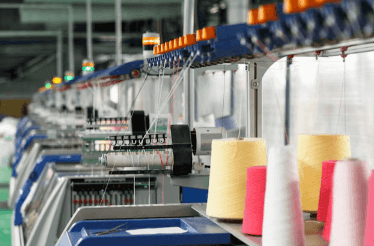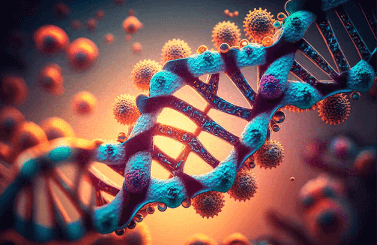Question
a.
Ligases
b.
Oxidoreductases
c.
Aldolases
d.
Esterases
Posted under Enzyme Technology
Interact with the Community - Share Your Thoughts
Uncertain About the Answer? Seek Clarification Here.
Understand the Explanation? Include it Here.
Q. The class of enzymes which contains extensive group of enzymes are ____________
Similar Questions
Explore Relevant Multiple Choice Questions (MCQs)
Q. Which class of enzymes contain relatively small group of enzymes?
View solution
Q. Enzymes are amphoteric molecules.
View solution
Q. The pH at which the net charge on the enzyme molecule is zero is called __________
View solution
Q. Calculate the ionic strength of 0.2 M solution of Calcium chloride?
View solution
Q. The rate of enzyme catalyzed reaction decreases with an increase in ionic strength if the charges are identical.
View solution
Q. What does the equation, k = \(Ae^{\frac{-∆G}{RT}}\) represent?
View solution
Q. For every, 1000 fold increase in pressure, the Kₘ is _____________
View solution
Q. The equation \(t_{1/2}=\frac{0.693}{k_d}\) represents ___________
View solution
Q. If the rate of denaturation of enzyme Y is 1.5*10⁻⁴/min, then the half-life of enzyme Y is ______ mins.
View solution
Q. What is the rate of denaturation kd, if the half-life of an enzyme catalyzed reaction is 15.6 mins?
View solution
Q. The pH at which half the groups of a compound are ionized is referred to as _________
View solution
Q. If Kₐ for acetic acid is 1.78*10⁻⁵, the pKₐ of acetic acid is _________
View solution
Q. Substances which reduce the rate of enzyme catalyzed reactions are known as ____________
View solution
Q. The following rate equation represents _____________ inhibition.
\(V=\frac{V_{max} [S]}{K_m (1+\frac{I}{K_i})+[S]}\)
View solution
Q. Uncompetitive inhibition is most noticeable at low substrate concentration and can be overcome at high substrate concentration.
View solution
Q. Inhibition of invertase by sucrose falls into which category of inhibition?
View solution
Q. ______________ inhibition represent the following rate equation.
\(V=\frac{\left (\frac{V_{max}}{1+\frac{[I]}{K_i}}\right )[S]}{K_m+[S]}\)
View solution
Q. The __________ inhibition gives the following rate equation.
\(V=\frac{V_{max} [S]}{K_m+[S](1+\frac{[S]}{K_s})}\)
View solution
Q. In competitive inhibition, what happens to Vₘₐₓ and Kₘ if [I] = Kᵢ?
View solution
Q. Which of these is correct for mixed inhibition?
View solution
Recommended Subjects
Are you eager to expand your knowledge beyond Enzyme Technology? We've handpicked a range of related categories that you might find intriguing.
Click on the categories below to discover a wealth of MCQs and enrich your understanding of various subjects. Happy exploring!








